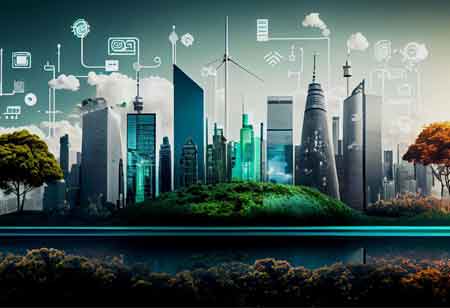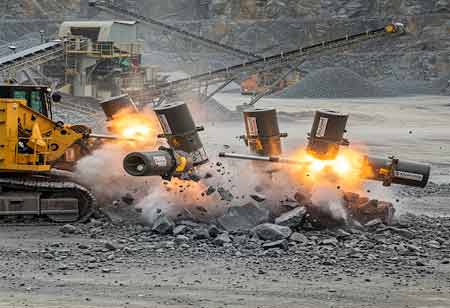CLOSE
Specials
I agree We use cookies on this website to enhance your user experience. By clicking any link on this page you are giving your consent for us to set cookies. More info
Be first to read the latest tech news, Industry Leader's Insights, and CIO interviews of medium and large enterprises exclusively from Energy Tech Review
Thank you for Subscribing
The Future of Energy Management in Urban Environments
The innovations enable cities to reduce energy waste, lower carbon emissions, and create more resilient and sustainable energy systems.

By
Energy Tech Review | Thursday, October 02, 2025
Stay ahead of the industry with exclusive feature stories on the top companies, expert insights and the latest news delivered straight to your inbox. Subscribe today.
Fremont, CA: Smart cities are transforming urbanization, environmental sustainability, and energy efficiency through IoT devices and sensors. These systems adjust street lighting brightness based on vehicle or pedestrian presence, saving energy. AI and ML enable intelligent, predictive energy management.
IoT enables real-time data collection and energy consumption monitoring across various applications, including residential, commercial, and industrial buildings. Smart meters, for instance, can track electricity usage in real time, allowing consumers and utility providers to gain better visibility into energy patterns and identify areas where consumption can be optimized. IoT monitors energy use in various infrastructures, such as street lighting, public transportation, and water distribution systems. By collecting data from sensors embedded in these systems, city managers can dynamically analyze and adjust energy usage, reducing waste and improving efficiency.
AI-based energy management systems can adjust buildings' heating, cooling, and lighting systems according to occupancy patterns and environmental conditions, thus reducing energy consumption. In smart grids, AI manages electricity distribution more efficiently, ensuring that energy is delivered where it is needed most while minimizing losses. Developing smart grids is a cornerstone of smart energy management in cities. Unlike traditional power grids, smart grids use digital communication technologies to monitor and manage real-time electricity flows.
With decentralized energy, cities can rely less on large-scale power plants and more on localized, renewable energy sources. It reduces transmission losses and enhances energy resilience, particularly during peak demand or disruptions. It allows for better balancing of supply and demand, reducing energy waste and improving grid reliability. Smart grids, in turn, facilitate this two-way flow of energy and compensate prosumers for their contributions. It promotes energy efficiency and encourages the adoption of renewable energy. Energy storage technologies, particularly advancements in battery storage, are critical for the success of smart energy management in cities.
Large-scale energy storage systems are integrated with renewable energy installations and the smart grid to enhance grid stability and resilience. The systems help reduce reliance on fossil fuel-based backup power plants and ensure a steady electricity supply during outages or peak demand periods. Microgrids allow communities, campuses, or neighborhoods to generate, store, and distribute energy, often through renewable sources.

Copyright © 2025 Energy Tech Review. All rights reserved






